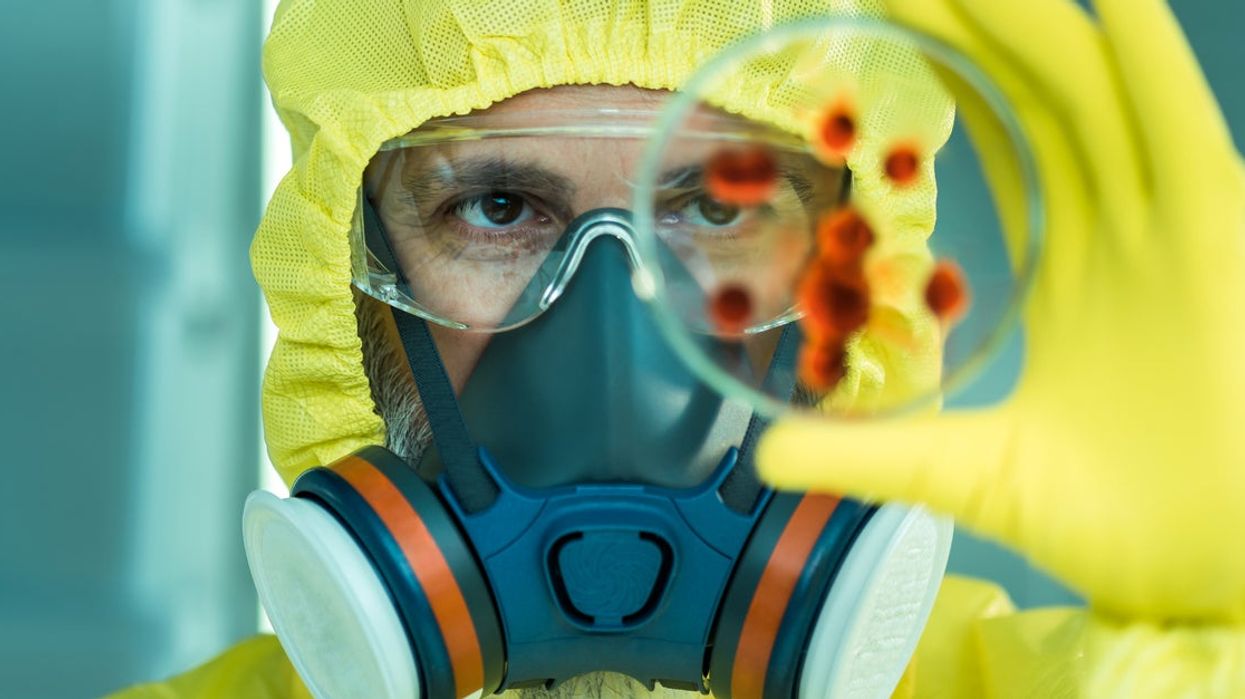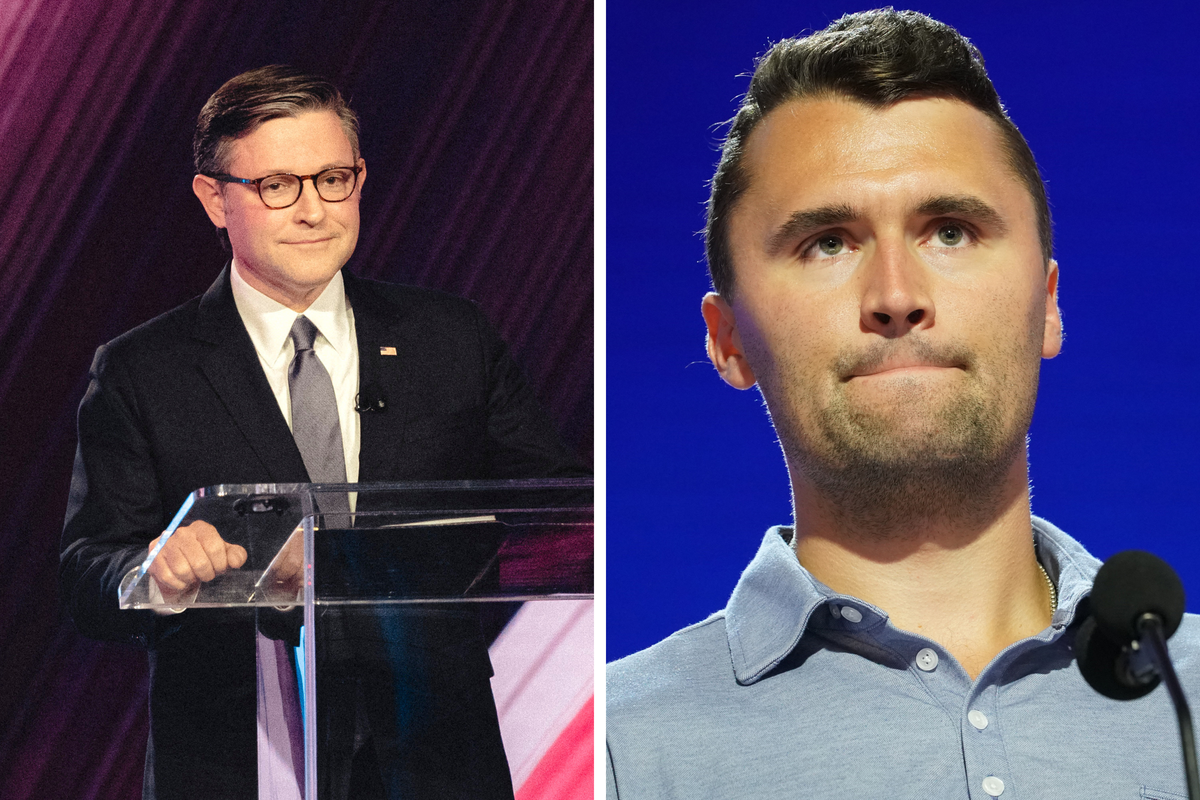News
Greg Evans
Mar 03, 2020

Picture:
iStock/Getty Images
The world is dealing with a global coronavirus crisis and it's beginning to feel a bit worrying.
Currently the number of global cases is just under 100,000, with over 3,000 deaths globally.
But it's not as if this is a possibility that no one had considered before.
Two years ago, in 2018, researchers created a simulation to see how the world would deal with a pandemic like a virus should one like the one we're seeing now emerge.
The simulation found that we are completely unprepared.
Experts at the Johns Hopkins Centre for Health Security designed the scenario to gauge how actual policy experts and governments would deal with a disease of a serious nature. The realistic simulation. which was called "Clade X", was put into practice in May 2018 and played out in real time.
Some of the politicians involved were former Senate Majority Leader Tom Daschle, Indiana Representative Susan Brooks (R) and former CDC Director Julie Gerberding.
It resulted in 150 million deaths around the world and at least 15 to 20 million deaths in the United States alone.
Without a vaccine being developed, the number of deaths was predicted to rise, which could result in the death of 900 million people, 10 per cent of the world's entire population.
Dr. Eric Toner, a senior scholar at the Johns Hopkins Centre for Global Health Security and the designer of the Clade X simulation, told Business Insider:
I think we learned that even very knowledgeable, experienced, devoted senior public officials who have lived through many crises still have trouble dealing with something like this .
And it's not because they are not good or smart or dedicated, it's because we don't have the systems we need to enable the kind of response we'd want to see.
Clade X was developed on the premise that it didn't have to be highly fatal but only moderately contagious and lethal and as easy to spread as SARS, which in 2002 and 2003 was predominantly spread in clinics and hospitals. For Clade X to be as contagious it would have to be spread in similar surroundings but had also been engineered by a fictional terrorist group called A Brighter Dawn, who are intent on reducing the world's popular to a pre-industrial level.
So in that sense it's a very different scenario to what we're seeing now.
The Centre for Health Security has previously run two scenarios, in 2001 and 2005 respectively, which resulted in the stockpiling of smallpox vaccines around the world.
However, Toner stressed that although in their scenario 'Clade X' was bioengineered they believed that something of its nature could easily emerge naturally.
In conclusion, Toner and his team believed that the scenario revealed a lot of shortcomings in the global healthcare system and the problems that would emerge between healthcare, foreign policy and national security issues. He said at the time:
We don’t have the ability to produce vaccines to a novel pathogen within months rather than decades and we don’t have the global public health capabilities that would allow us to rapidly identify and control an outbreak before it becomes a pandemic.
It will happen, but I don't know when.
If only we'd listened.
HT: IFL Science
More: How to avoid catching diseases from a public toilet, according to an NHS physician
Top 100
The Conversation (0)












